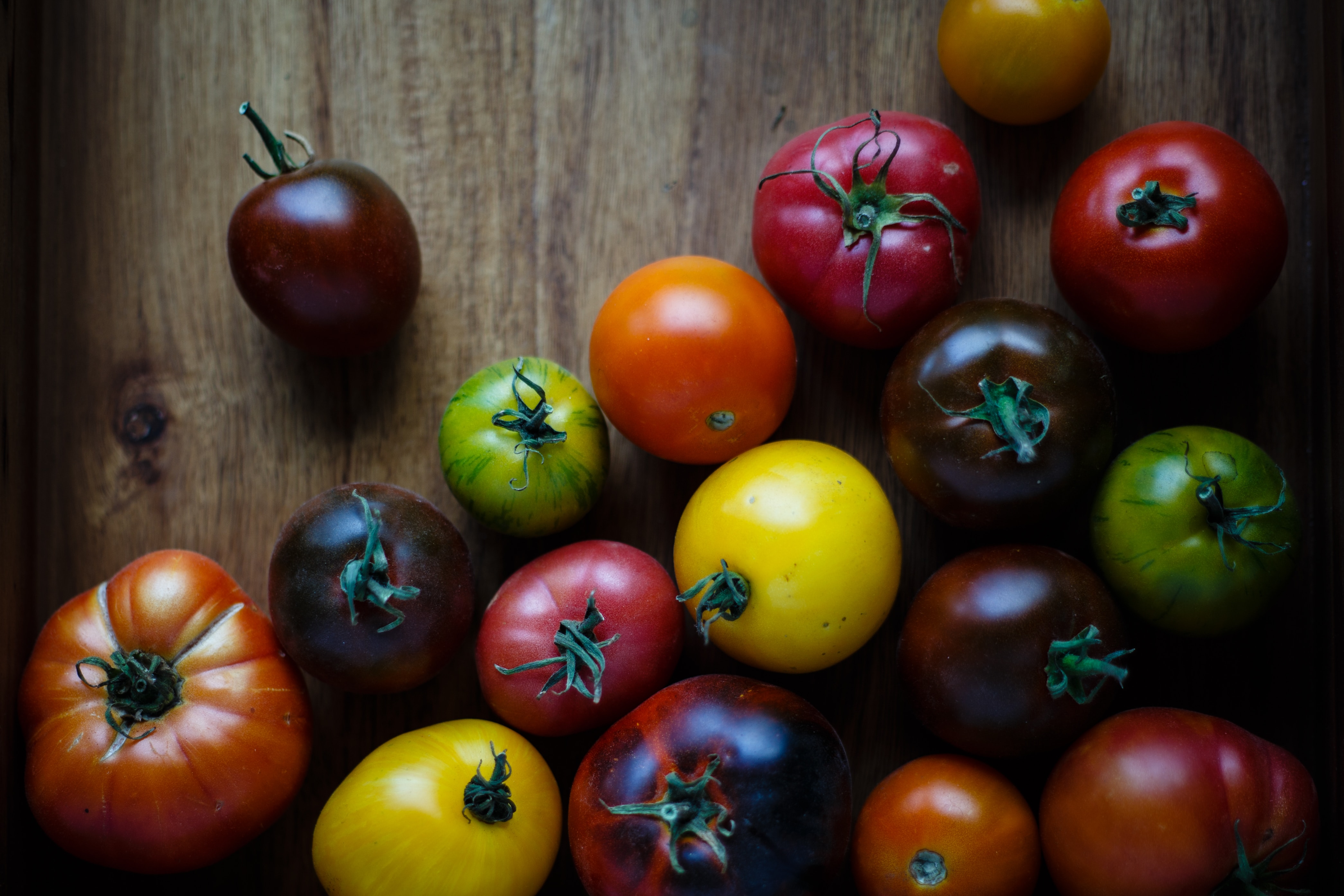Most Common High Yield Variety (HYV) Crops

If you're a supply chain business that deals with produce, it’s important to pay attention to concepts like high yield commodities, as this could be valuable information to leverage in regards to how you trade and expand your operations.
This blog post aims to provide you with information on high yield crops, including what they are and the most common ones. Additionally, we'll explore how businesses can break into new markets by enlisting the help of fintech solutions like Silo.
What are high yield variety crops?
The concept of high yield variety (HYV) crops is not a recent development and has its roots in the Green Revolution of the 1960s. This transformative period marked a crucial turning point in addressing global food security concerns, with HYV crops playing a pivotal role. By significantly boosting productivity, these crops played a vital part in meeting the nutritional needs of the rapidly expanding global population.
HYV crops have been selectively developed to maximize the quantities produced. This breeding strategy aims to efficiently utilize farmland, making the most of every available inch.
The exceptional productivity of these crops can be attributed to the use of HYV seeds. These seeds undergo meticulous development through selective breeding procedures, with a specific focus on features that contribute to enhanced productivity. They’re also designed to improve disease resistance, ensure efficient nutrient utilization, and boost growth to facilitate higher production quantities.
Perennial vs. annual crops
One thing to keep in mind when thinking about high value crops is whether your trade partners will be producing perennial or annual crops.
Perennials thrive for over 2 years and produce seeds almost every year. On the other hand, annuals are sown as seeds, sprout in the spring, and wither away in the fall or winter.
Perennial crops
Growers seeking consistent and abundant amounts over a prolonged period of time may find perennial plants ideal. These crops generate fresh growth annually and have the potential to be highly economical commodities.
Some examples of the most common high yield variety perennial plants are fruit-bearing trees, such as the following.
Apples
Apples are among the most popular fruit trees and can produce high yields in terms of quantity and quality. Production amounts can total roughly 400 to 700 lbs. of fruit per standard tree. Among all fruit trees, apples have the highest productivity.
Plums
Plums are known for their sweetness and juicy texture, and their trees provide satisfactory production quantities. Plum trees result in approximately 150 to 300 lbs. of fruit per tree depending on the variety.
Pears
Pears are popular during the latter half of the year, and their trees can generate substantial quantities, producing between 190 to 280 lbs. per standard tree.
Apricots
This pitted fruit is known for its sweet and fragrant flavor. Apricot trees produce relatively high yields—about 140 to 280 lbs. per tree.
Cherries
The yield attained by cherry trees will be influenced by the specific variety dealt with, as well as factors like climate and growing conditions. To some extent, the skills of the grower will also play a role in determining the outcome. Nevertheless, cherry trees produce a standard quantity of around 130 lbs. per tree.
Annual crops
Despite their shorter lifetime in comparison to perennial plants, annual crops are nevertheless capable of delivering significant quantities. The following are some examples of the most common high yield crops.
Potatoes
Potatoes, a starchy and filling staple, require a significant amount of land, but demand relatively little effort to cultivate. The weight and quality of the typical harvest make them popular to produce and trade. High-yielding potato varieties are also known for their consistent traits, being uniform in size and shape, disease resistant, and impressive in output.
Potatoes offer a bountiful yield while occupying less space compared to other carbohydrate-rich foods like grains.
Leafy greens
Although leafy greens (such as lettuce, kale, and chard) are not substantial in weight, they possess a rapid development cycle, making them advantageous in terms of significant returns.
Peas
Regardless of the variety of peas cultivated, these plants tend to produce an abundant harvest (even from a modest number of plants). Moreover, the edible pea shoots further enhance the value of this crop.
Beans
When it comes to beans, there’s a wide variety of types to choose from. It's crucial to select a high yield type for cultivation. For instance, in certain regions, fava beans are known to be excellent for a bountiful harvest in June and July.
Tomatoes
Tomatoes are highly adaptable crops that can be cultivated both in controlled indoor environments and in open-air settings. When provided with enough nurturing and attention, tomatoes have the potential to consistently provide a substantial harvest.
Need the capital to break into a new market? Choose Silo
It’s important to note that high yield crops produce as much yield as resources are put into them. Therefore, these kinds of crops usually require higher amounts of input. Of course, for many growers, the effort is often worth it.
Regardless, if you’re a supply chain business interested in branching out into trading any one of these commodities, you’ll likely need some upfront capital for expansion. For this, consider Silo Capital.
Silo gives you simple access to working capital so you can expand into new products and confidently act on market opportunities.
Book a demo with Silo today! Or, if you’re a grower, talk to your trade partners about how they can benefit from Silo.
Want to book a demo with us?
Add your info and we’ll get one scheduled with you.